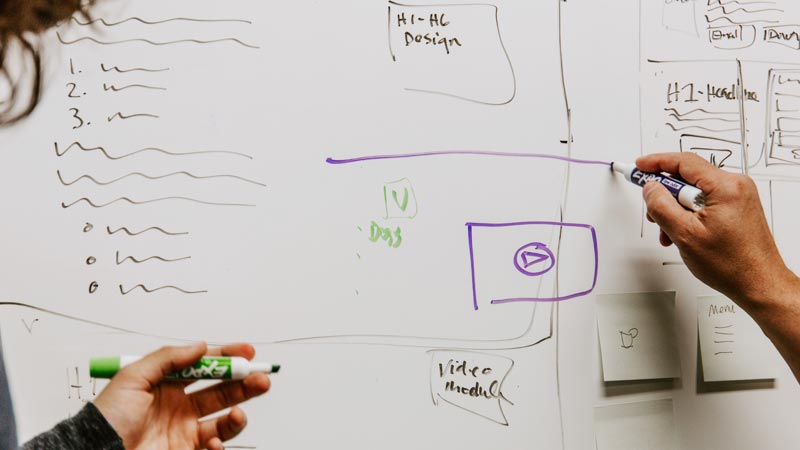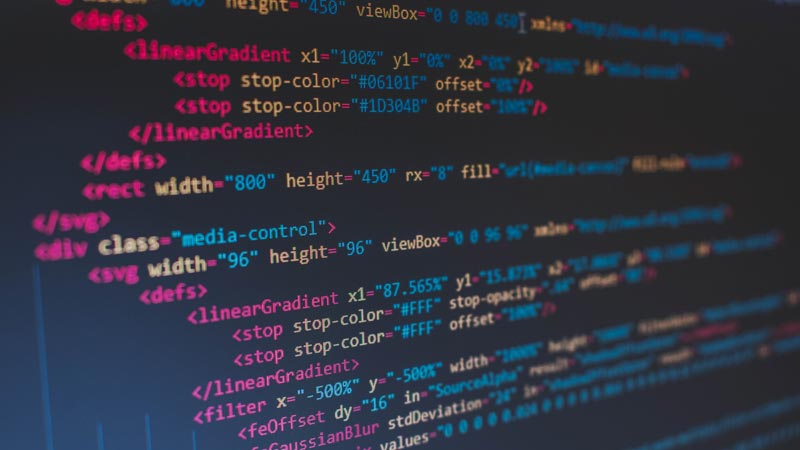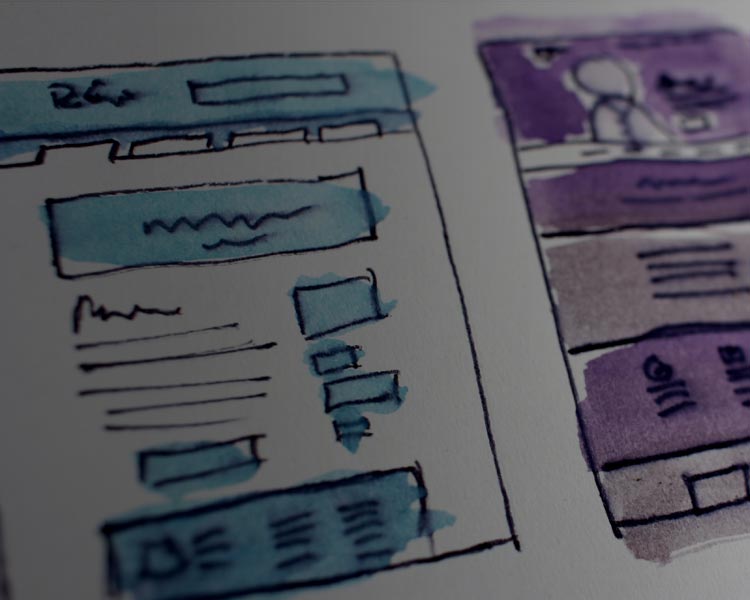Ecommerce Website Project Lifecycle

DISCOVERY
The discovery phase allows the project team to discuss the high-level requirements of the project with the customer.
Accelerator Review
Customer is sent links to the relevant B2B or Retail Ecommerce Accelerators, our pre-built ecommerce storefronts to review online.
Pre-Meeting Questionnaire
We also forward a short questionnaire so that some additional project requirements detail is established and can be considered by our consultants in advance of the project discovery.
Discovery Meeting
We have an initial meeting with the customer to understand their requirements in more detail.
Scope of Works
Following the meeting, we produce a detailed Scope of Works (SOW) outlining the high-level requirements of the project.

DEFINITION
The definition phase of the project builds on the Scope of Works to define specific changes to the Accelerator plus technical requirements, workflows, integrations, migration requirements, custom configurations and tradeit functionality.
Customer Dialogue & Feedback
One of our consultants continues dialogue to evolve requirements following the discovery phase.
Project Requirements Document (PRD)
We produce a detailed Project Requirements Document (PRD) as well as a fixed cost for the project.

IMPLEMENTATION
With the scope of work and project requirements now defined, the implementation phase of the project can now begin.
Inititation
Commences when contracts are received
One of our project managers and design leads will arrange a project kick off meeting with the customer where the following items will be discussed: project phases overview, project processes, design required items and development required items.
Project Tracking
Commences following kick-off meeting
We use a web accessible application called Redmine to track project progress. Redmine is setup by the project manager and populated with the project deliverables including the required items that the customer will need to provide. Project deliverables include: components, templates, email templates, import profiles, export scripts, workflows and configurations. Redmine is used throughout the project to gather feedback and record sign-off through the various phases of an implementation.
Design - High-Fidelity Prototype
Commences when the design required items have been provided
We create a high-fidelity interactive responsive prototype of the website's core templates: Home, Category Listing, Product Listing, Product Detail and Basket. This includes a custom design, real content, page interactions & navigation, and allows the customer to view the interface as if it was being viewed in a browser on a mobile, tablet, or desktop device.
Design - Low-Fidelity Prototype
Commences when the High-Fidelity Prototype has been signed off
We then create a low-fidelity interactive responsive prototype of the remaining page templates and email templates. This includes real content, page interactions & navigation but does not demonstrate the design of every element belonging to the templates. However, it still allows the customer to view the interface as if it was being viewed in a browser on a mobile, tablet or desktop device.
Skin - Core
Commences when the High-Fidelity Prototype has been signed off
We replicate the design of the high-fidelity prototype to the actual website core templates using HTML / CSS / JavaScript (referred to as Skin). We also create a Style Guide which defines the style of every element that is referenced in both the high-fidelity and low-fidelity prototypes.
Skin - Roll-out
Commences when the Skin Core and Low-Fidelity Prototype have been signed off
We will skin the remaining templates, extrapolating the design by following the style guide. This includes the following batches: Core, Checkout, My Account and Email. The core batch of templates will be completed first.
Development
Commences when initiation tasks have been completed
The developer assigned to the project will implement each project deliverable and is responsible for testing each by means of a test case written either by the project manager, or the developer. Once a developer is happy with a project deliverable they will sign off the deliverable as being developed.
The project manager will be responsible for testing each project deliverable and extending the test case were necessary. Once the project manager is happy with a project deliverable they will sign off the deliverable as being tested. If the project manager is not happy with a project deliverable they will provide feedback to the developer who will be required to make the necessary adjustment and re-complete testing before passing it back to the project manager for sign-off.
Deliverables are grouped into batches and they will be developed, tested and signed off one batch at a time. Batches include: Core, Core , Checkout, My Account, Email, Integration, Workflow and Data Migration. The core batch of templates will be completed first.
Training Session One
Commences once both skin & development of both Core and Core batches have been signed off by our internal testing
Training session one consists of an all day training session at our office focusing on how to manage categories, manage products, assign products to categories, and the creation of content pages.
Site Population
Commences when training session one has been completed
The customer can now begin populating the site with categories, products, assigning products to categories, and creating content pages whilst we continue with development, skin roll-out and end-to-end testing. The hope is that site will be fully populated prior to User Acceptance Testing (UAT).
End-to-End Testing
Commences when skin roll out is complete and all development batches are complete and signed off by our internal testing
Each deliverable will have been tested in isolation but it is important to test the site as a whole e.g. can a user place an order? Is this order transmitted to the external system correctly? Does the order appear correctly in the user's my account area? Did the payment transfer to the merchant bank account? The site is vulnerability tested and any issues remediated. Any issues identified during end-to-end testing will be fixed by the developer and re-tested by the project manager.
Site Handover/Training Session Two
Commences when end-to-end testing has been successfully completed
Site handover and training session two takes place at our office and consists of half a day to demonstrate the new site, looking at the key features that have been built, and another half a day focused on how to setup adverts and promotions.
User Acceptance Testing (UAT)
Commences when site handover and training session two have been completed
The website has been designed, developed and tested as per specification and is now tested by the customer to ensure it is working correctly to ensure a smooth launch. The customer will test the website and record any issues that are identified in Redmine. We will then fix those identified issues before passing them back to the customer to confirm they have been resolved.
Go Live Prep
Commences when UAT has been completed
Once the customer confirms that UAT has been completed and all issues are resolved, we will begin setting up the website on the production hosting environment and working through the go live check list.
Change Requests
Commences when Go Live Prep has been completed
The customer can decide whether the priority is to launch the site as is, or to delay launch so that specific Change Requests can be completed. Any Change Requests that are not completed prior to launch can be actioned after launch once the warranty period has concluded.
Go Live
Commences when Go Live Prep has been completed and signed Website Acceptance Document has been received
The site is put live during the early part of a week and as close a possible to 9am to ensure that if any issues arise they can be resolved whilst there is a full compliment of staff during normal working hours.
Warranty Period
Once the website goes live, the customer will use our support portal to log maintenance and support tickets, rather than continuing to use Redmine. The project manager has visibility of all tickets that the customer logs and the assigned project developers and designers will be responsible for resolving any issues promptly.
NOTE: During the warranty period we do not undertake Change Requests unless they are critical.
Handover to Support
Commences on conclusion of the warranty period
The relevant project manager and development lead will hold an internal meeting with our support team to take them through the site so that they can efficiently respond to any ongoing customer tickets.

ONGOING SERVICES
With the website live, we provide a host of on-going services to ensure your site functions 24/7/365.
Hosting
We deliver fully managed, premium, multi-instance hosting from our PCI-compliant, UK data centres as part of any project - fully supported 24/7/365 by our in-house experts.
Maintenance
Once your site is live, we provide various commercial options around maintenance and support services all managed through our online support portal giving a comprehensive view of all activity for review.
Software Updates
tradeit software updates (hotfixes, patches and upgrades) are released regularly and our skilled staff will ensure they are installed and correctly applied to your site, keeping you at the forefront of ecommerce functionality.

ADDITIONAL COMMERCIAL SERVICES
We also provide additional services to help exploit tradeit it to it's fullest and ensure your site is functioning at its optimum.
Commerce Optimisation
We offer a host of Commerce Optimisation services to help you to use the sophisticated functionality within tradeit to better effect through education, ideas, and the analysis of real data & trends that will start to build once the site has been live for a reasonable amount of time.
Information Security Advisory
We will act as Information Security Adviser for your website. Each quarter we conduct a quarterly risk assessment, customer server syslog review, and website vulnerability scan.
Further/Additional Training
We offer a number of additional training modules both online or on-site to help you either learn or expand your knowledge of tradeit including the PIM, Content Management, Promotions Engine, Advertising System and others.


